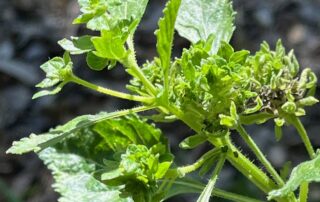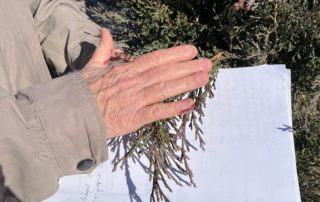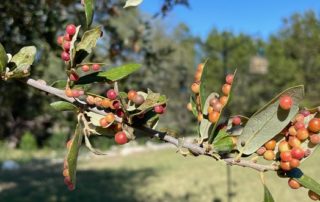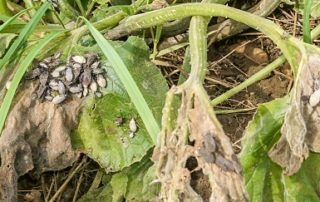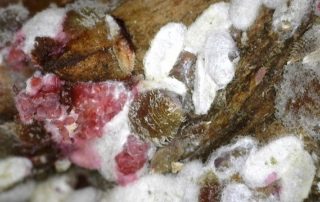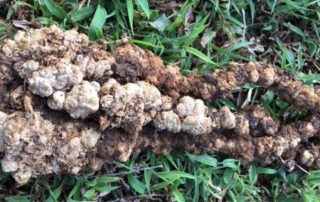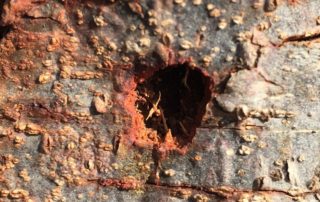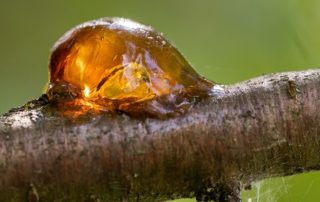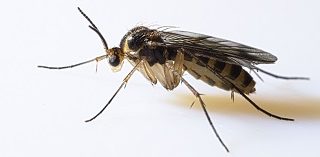Aphids
Aphids can be difficult insects to control. But how much do we really need to control them? This article explores the aphid life cycle and some different ways to reduce their population without using toxic chemicals. Where do we see aphids? Aphids are sucking insects which feed on fleshy new growth and the undersides of leaves. We look for them at the top of Crape Myrtles where new growth is abundant. We might find them on the flower buds of Tropical Hibiscus, new growth on any species of [...]



